How to Build a UX Portfolio
Looking to land a UX design job? First things first, you’ll need a solid portfolio to show off your work.
Having a great portfolio is the first thing you’ll want to do to become a UX designer. Without it, your chances are dead in the water. To ace your interviews and get the job, you’ll want to have a well-designed, professional-looking UX portfolio that showcases your skills and professional experience in a way that’s both informative and impressive.
You’ll also need to make sure that you edit your portfolio to match the position you’re applying for, as you would (or should) with your resume. Of course, we understand that this entire process of building a UX portfolio may feel overwhelming, especially if you’re early in your career.You may feel uncertain about where to even start.
To help you set yourself up for success, we’ve developed this definitive guide on how to build an amazing UX portfolio that’ll get you interviews and land a UX job in no time!
If you’ve stumbled on this article looking for ways to build a UX portfolio without any experience, click here to jump to that section of this article.
In this article, we’ll cover:
- What Does A UX Portfolio Seek to Achieve?
- What Do Hiring Managers Want To See In Your UX Design Portfolio?
- How to Build a UX Design Portfolio
- Putting Your Online UX Portfolio Website Together
- Building & Presenting an In-Person UX Design Portfolio
- UX Portfolio Examples
- 4 Ways You Can Build A UX Portfolio Without Previous Experience
What Does A UX Portfolio Seek to Achieve?
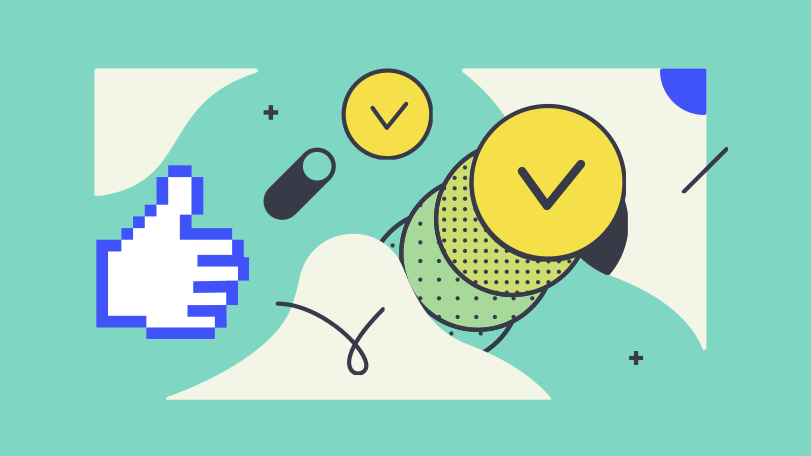
The role of a UX designer (like that of all other designers) is unique in that you can show your employable skills directly through your portfolio.
In contrast to other roles with a more ambiguous or broad scope whose impact can only be told on a resume, UX designers have the liberty of removing any of the guesswork.
Your design skills and accomplishments are more than a bullet point on a CV.
They’re right there for the hiring managers to see with their own eyes.
This is to your benefit as a job candidate. As they say, “show, don’t tell.”
Your UX Portfolio should do just that: directly illustrate your design skills and accomplishments to hiring managers and recruiters.
Therefore, the UX portfolio you end up sending off into the world must be eye-catching, illuminating, and impressive to potential employers.

As we’ll discuss in more detail later in this article, you’ll also use and present your portfolio in your UX designer interviews.
Still, your UX portfolio shouldn’t only be geared toward employers.
The design of the portfolio should represent your personal style.
If you’re more into the illustration-heavy aesthetic, for example, you might want to use a bold color scheme and handwritten fonts.
Still, you don’t want to go overboard with personal aesthetics. You want it to be eye-catching, not overwhelming.
What Do Hiring Managers Want To See In Your UX Design Portfolio?
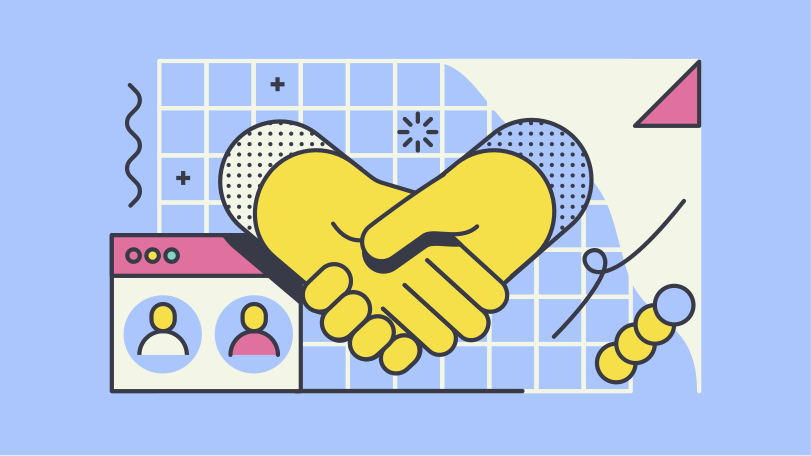
That said, what are the things that are ultimately impressive, eye-catching, and illuminating to UX hiring managers?
Of course, the needs of specific companies differ depending on the user experiences you’ll be designing.

However, generally speaking, you can expect UX hiring managers to look for similar things in the UX design portfolios of their candidates.
Hiring managers will want to see:
- How your work produced value for the end-user and the company at large,
- Your thought process; why particular UX design decisions were made instead of alternatives,
- Your design process and UX research that guided the development of the finished design.
With these broad strokes in mind, the best way to build the best portfolio possible is to take the time to plan and think about what it is you’re trying to convey about your skills and your career.
How to Build a UX Design Portfolio
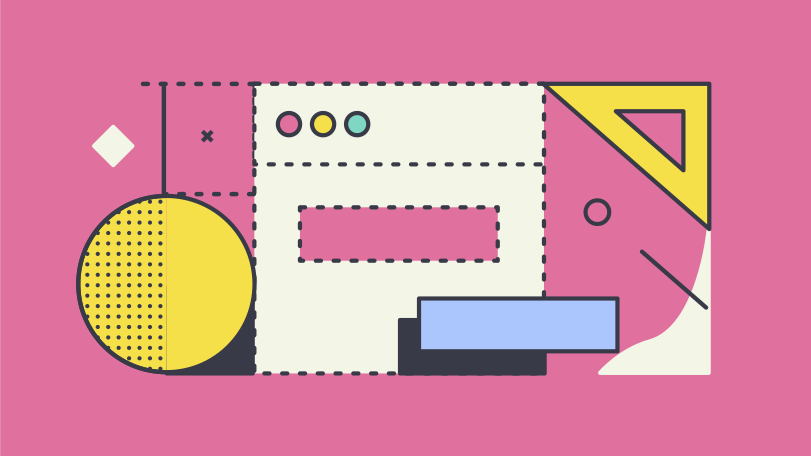
Alright, now that we’ve gotten all the preliminary stuff out of the way, how do you build your UX design portfolio to get you a job working in user experience?
In UX design interviews, you’ll need two kinds of portfolios, your online portfolio, and the in-person portfolio.
Let’s get into it:
Online UX Design Portfolios
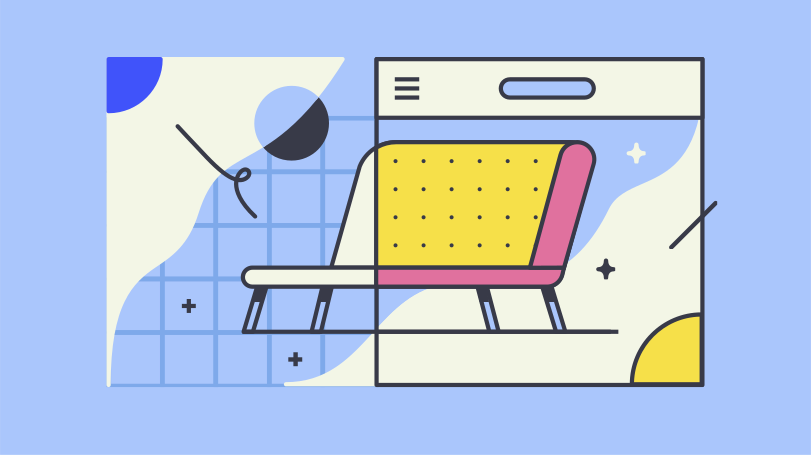
In most cases, UX professionals will have a dedicated website that serves as their portfolio.
You could either design the entire thing yourself or use a template using something like WordPress, Behance, Dribble, or other design-minded websites.
Your online UX portfolio should include both projects and case studies.
A UX design case study is an in-depth analysis of a specific project that focuses on how the user experience was designed, implemented, and measured.
It typically includes things like UX research findings, design process documentation, results from usability testing and other forms of evaluation, prototypes, or wireframes used for development, along with the final design.
The goal of the case study is to show the value and impact that your design provided to the user.
Anways, recruiters will probably be the first to view your portfolio.
Often, recruiters are super busy and will need to skim dozens and dozens of portfolios for their open positions.
So, be sure that your portfolio is highly organized, easy to follow, and quickly showcases important UX skills, even if someone only looks at it for a few minutes or shorter.
Building an Online UX Design Portfolio
To ensure that your UX portfolio can accomplish that, be sure that each project or case study includes:
- The problem(s) you were trying to solve, from the business and user perspective.
- The solution, including your prototype, to show visual and interaction design craft.
- The outcome, including relevant metrics and solved user problems.
Many UX designers also include the following alongside a summary:
- A concise review of the design process.
- The competitive analytics that informed your design decisions.
- A heuristic review, if you used (or deviated from) established design processes.
- Results of user research, including user personas, user stories, affinity diagrams, usability testing results, etc.
- Any combination of sketches, flow diagrams, wireframes, design specs, prototypes, etc.
- A project retrospective covering what well or could have gone better.
So long as recruiters and hiring managers can look at your portfolio and feel confident in your skills as a designer, you’ll be in an excellent spot to receive a phone screen.
From there, you’ll need to present your UX design portfolio.
Putting Your Online UX Portfolio Website Together
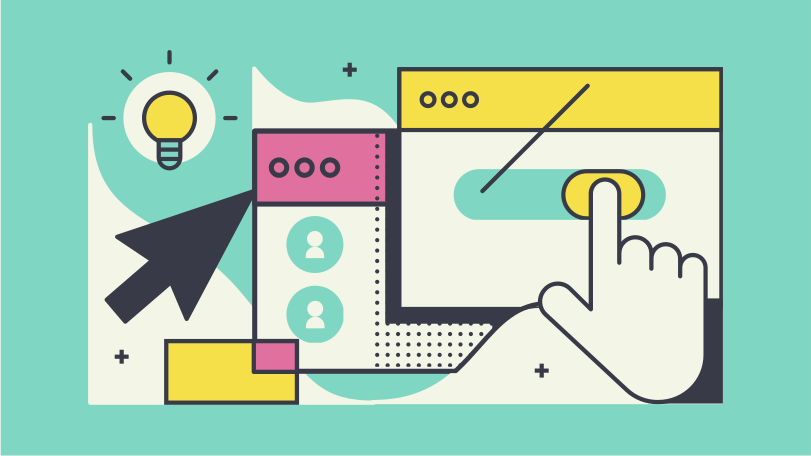
Alright, so that’s the high-level overview of what needs to be included in your UX design portfolio. But how do you actually make the thing?
Well, as we mentioned, you could design your own portfolio site. Although, without web development skills alongside UX, this may not be very practical. Nor is it necessary to get a job as a UX designer. There are several websites out there that allow you to build a stunning UX portfolio quickly.
Here are some of our favorites:

Behance is a favorite for designers of all stripes. Behance is a platform that allows creatives to showcase their work and network with other professionals. It provides users with tools to organize and present their portfolios, create custom landing pages, collaborate on projects, and find creative opportunities. The site also offers job postings from employers looking for talent.
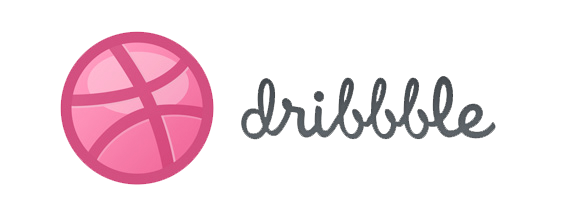
Dribble is another platform similar to Behance that allows designers and creative professionals to share their work, find inspiration, give feedback and collaborate.
Dribble makes it easy to build a professional UX portfolio on the platform. All you need to do is upload screenshots of your designs, share stories about the design process, and show off animations or interactive prototypes that you‘ve created. It is a great platform for networking with other designers in the community.
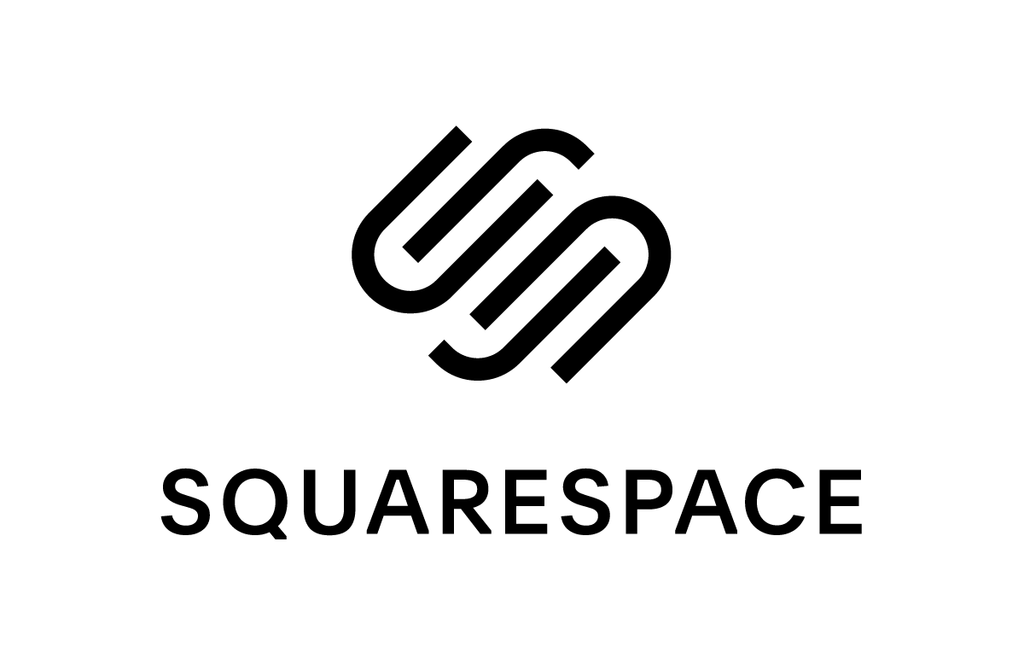
While Dribble and Behance are more designer-oriented, Squarespace is an all-in-one platform that allows you to create professional websites, online stores, and portfolios. It provides users with a selection of templates (including some perfect for UX design portfolios) and drag & drop tools that’ll help you quickly design your portfolio.

Webflow is like Squarespace, but it allows much more customization in the overall design of your portfolio. It’s a more hands-on platform that allows for custom code editing and the creation of web designs from scratch.
With Webflow, you can easily create a UX portfolio that has all the elements you need to showcase your projects attractively and professionally. You can also customize the design of your site with HTML, CSS, and JavaScript code so that it looks exactly how you want it to look (showing off some more of your UX skills in the process).

Finally, Adobe Portfolio is a website-building platform designed specifically for creative professionals.
Using Adobe Portfolio you can create custom, responsive websites that showcase your UX design portfolio and other professional work in an attractive format. The platform comes with dozens of portfolio layouts and themes, all highly customizable. You can easily add text descriptions or multimedia content to each project page and even integrate analytics tracking tools.
Building and Presenting an In-Person UX Design Portfolio
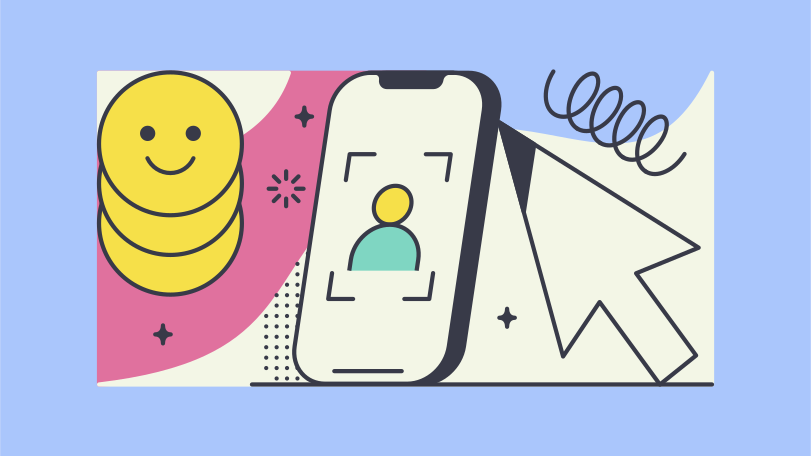
Hopefully, your portfolio is impressive enough to get a call from a recruiter. If they ask you to come in for an interview, you’ll need to present your portfolio in person.
UX design interviews, of course, consist of more than portfolio reviews, so you may only have 30 – 45 minutes to present yours.
To ensure that you can do so effectively in this short time frame, you can try following this format:
Introduce Yourself
You should start by taking a few minutes to introduce yourself. Talk about you as a person. What do you like to do outside of work, what are some of your interests, etc? This obviously shouldn’t take up too much time, but it helps establish rapport between yourself and your interviewer, which will make them more receptive to your portfolio and your candidacy.
It also will help establish culture fit, although behavioral questions will be dedicated to this later in the interview. Learn more about answering behavioral interview questions in UX designer interviews here.
Present the Big Project
After you’ve made your introductions, you’ll want to dive into a big, complex project on your portfolio. Ideally, this project should showcase your general skills as a UX designer rather than some specific skill set (that’ll come later). Be sure to talk about how you worked alongside a product manager to define the product strategy and developed the frameworks to think through the problem you were aiming to solve.
If you worked alongside other UX designers, make sure you illustrate exactly what your personal contribution was to the finished product. Your presentation of the projects should follow the same general outline as your online portfolio. That is:
- The problem(s),
- The solution,
- The outcome,
Most times, you will spend the majority of your portfolio review on this big project presentation.
Present a More Targeted Project
Next, present a smaller, more targeted project on your portfolio. Here, you’d ideally like to highlight some more specialized UX skills. For instance, rather than summarizing every single contribution you made on a project, just showcase one. This could be anything from an impressive design choice, an innovative approach, or a cool interaction you developed.
It’s really up to you, but make sure it shows your unique capabilities as a UX professional; something that sets you apart from other candidates. Considering you already walked through a complex project, the recruiter or hiring manager will probably already (or hopefully) understand your design process and all that goes into it. So, you can focus more on the targeted project than reiterate all those details.
“The Mic Drop”
At this point, you may only have a few minutes left. Instead of just stopping there, pack one more punch with one last “mic drop” project.
For example: “Oh yeah, and with a few weeks left before the project deadline, we designed and developed a companion Apple Watch app. It received 30,000 downloads and led to a 3% increase in our business goal. ”This “mic drop” will be most effective if it shows the aspects of your UX prowess that haven’t been demonstrated much thus far.
The portfolio review will probably be the first stage of your onsite UX designer interview. So, while the online portfolio got your foot in the door, your in-person portfolio presentation will hopefully provide enough positive signals to the hiring managers that’ll help carry you successfully through the rest of your interviews.
4 Ways You Can Build A UX Portfolio Without Previous Experience
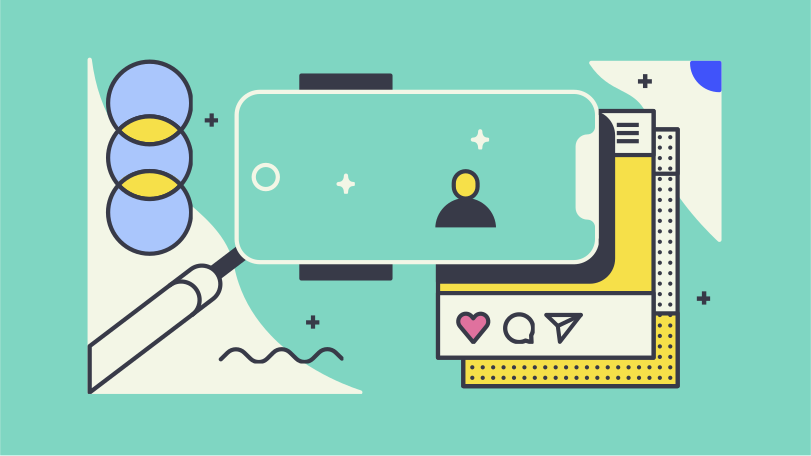
So far, so good. Just one problem. How do you build a UX portfolio if you have little (or no) experience with user experience design?
This is a common problem for aspiring or junior UX designers who, like many professionals first starting their careers, can’t first get a job/experience without a portfolio, nor can they build up a solid UX portfolio without a job or experience. Of course, you shouldn’t cast aside your ambition of designing the next best user experience if you find yourself in this spot. Luckily, there are plenty of ways to build excellent UX portfolios with no professional experience.
Here are four you can try:
Unsolicited Redesigns
One great way to flex your UX skills is through unsolicited redesigns. This is when you use existing products or services and create new designs for them of your own volition. Typically, UX designers will redesign the product or service in a way that is innovative or unique.
Unsolicited redesigns are a great way to showcase your creative problem-solving and design chops if you need additional projects for your UX design portfolio. You need to keep in mind that many of the decisions you make while building your unsolicited redesign are not subject to the same constraints that the original product or service was. Some novel approaches you’ve developed may have been ruled unsuitable by engineering, product management, or other stakeholders, for instance.
These types of constraints and stakeholder needs are unavoidable on the job as a UX professional, so just keep that in mind while conducting unsolicited redesigns for your UX portfolio.
Design a unique personal project
Another great way to build a UX portfolio is to design your own personal projects. If you’re stuck on what to design, just think of some apps, products, or services you wish existed. Did an old college roommate share some ideas for the next great iOS app? Build a prototype for your portfolio (with their permission if need be)!
As a UX designer, designing personal projects can be an exciting and rewarding experience. It allows you to explore your own creative ideas and develop skills in user research, user testing, usability testing, and design implementation.
Personal projects also provide the opportunity to experiment with new technologies or design methods that may not be available in a professional setting (which could help your UX portfolio stand out to employers). When starting on a personal project, it is important to define the scope of what you want to achieve and set realistic goals for completion. This will help ensure that you don’t become overwhelmed or sidetracked during the development process.
Ultimately, a personal project won’t do you any good if you can’t finish and put it in your portfolio.
Volunteer as a UX Designer
While personal projects are great additions, nothing quite packs the punch of real-world experience. But, as we’ve said, it’s difficult to find employers willing to provide you with professional experience if you don’t have some already.
However, you can easily volunteer your services to organizations to build your UX portfolio. Many small, local businesses or nonprofits may require the help of a UX designer but may lack the funds to hire one or the resources to do so themselves.
Chances are (so long as you actually have the skills to do so), they’d accept your help if you offered it to them. Luckily, there are plenty of volunteering websites out there you can use to find opportunities to build your UX portfolio.
Here are some good ones:
UX Design Internships
Finally, you could try enrolling in a UX design internship. Not only will this allow you to build an excellent UX design portfolio, but will help beef up your resume, as well! As an intern, you will typically work alongside an experienced senior UX designer on real-world projects and learn about creating user-centered designs. Most times, you’ll also get to attend workshops, seminars, or conferences related to the field.
Internships are an amazing way to develop UX skills such as usability testing, customer research, and analysis, wireframing and prototyping, visual design principles, information architecture development strategies, and content strategy planning processes, all of which will be invaluable in your career as a UX designer.
There are several ways you can find internship opportunities. You should first check out job search websites such as Indeed, Glassdoor, and LinkedIn. Most companies will also post UX design internship opportunities directly on their website or on their social media accounts.
More Resources
Here at Exponent, we’ve connected tens of thousands of job seekers in countless tech roles with expert courses and resources to prepare them for their upcoming interviews.
If you’re interested in more UX/product design-related resources, be sure to check out:
👨🎓 Take our complete UX/Product Design Interview Course.
📖 Read through our company-specific interview guides
👯♂️ Practice your behavioral and interviewing skills with our mock interview practice tool.

